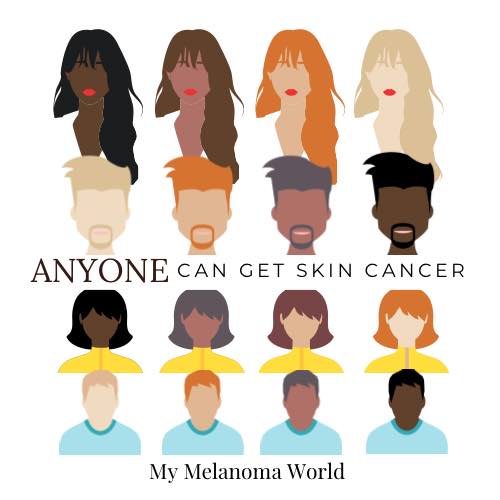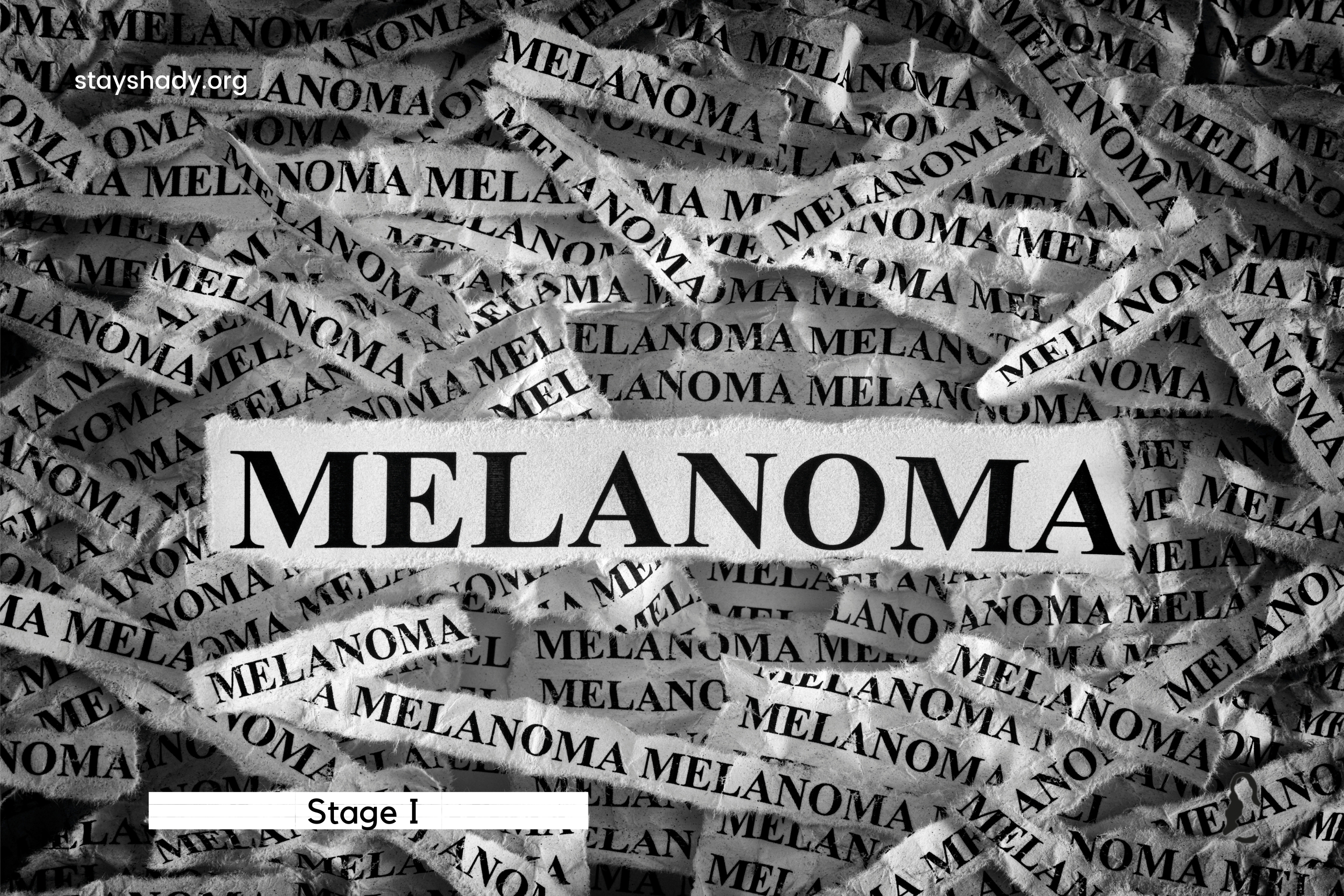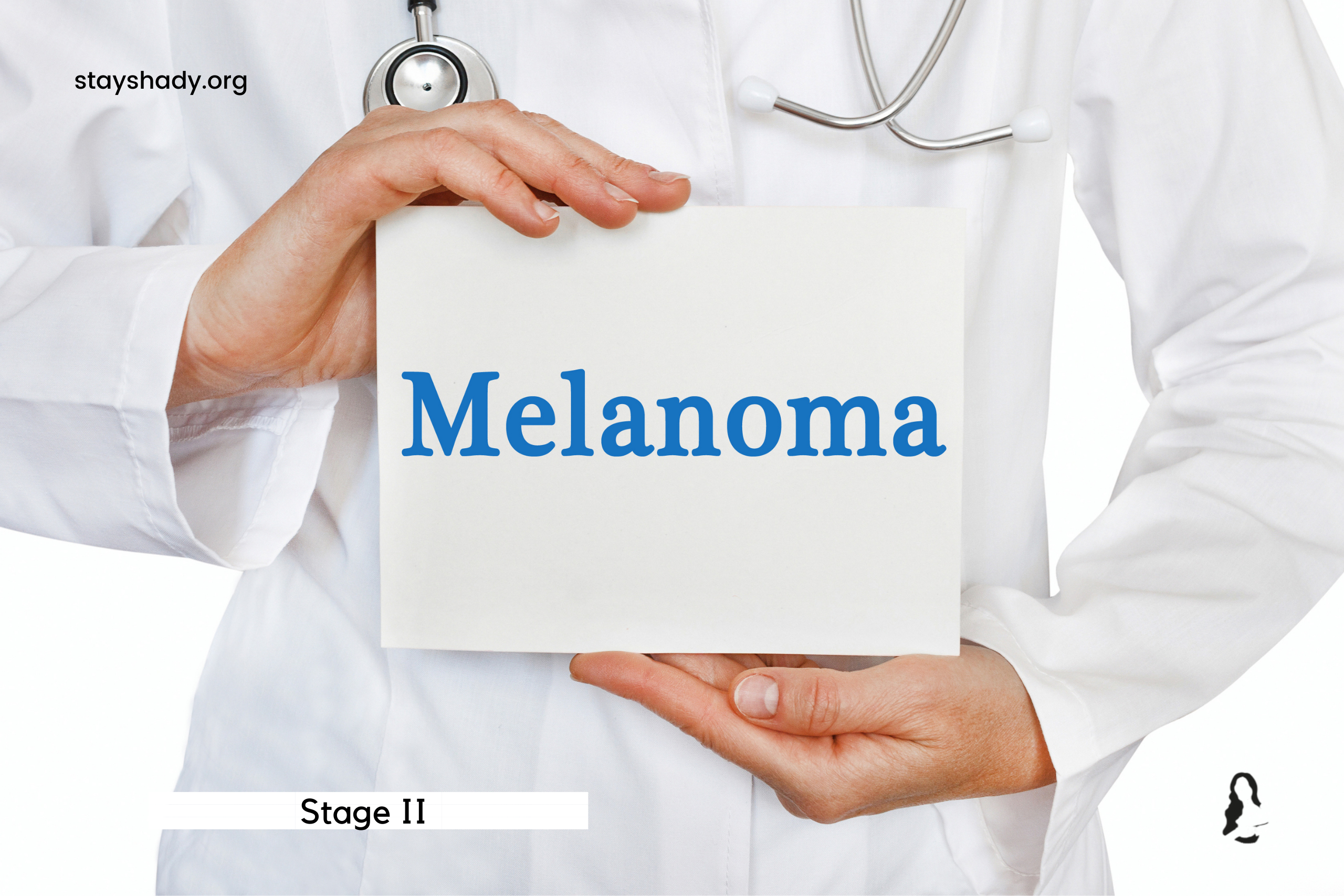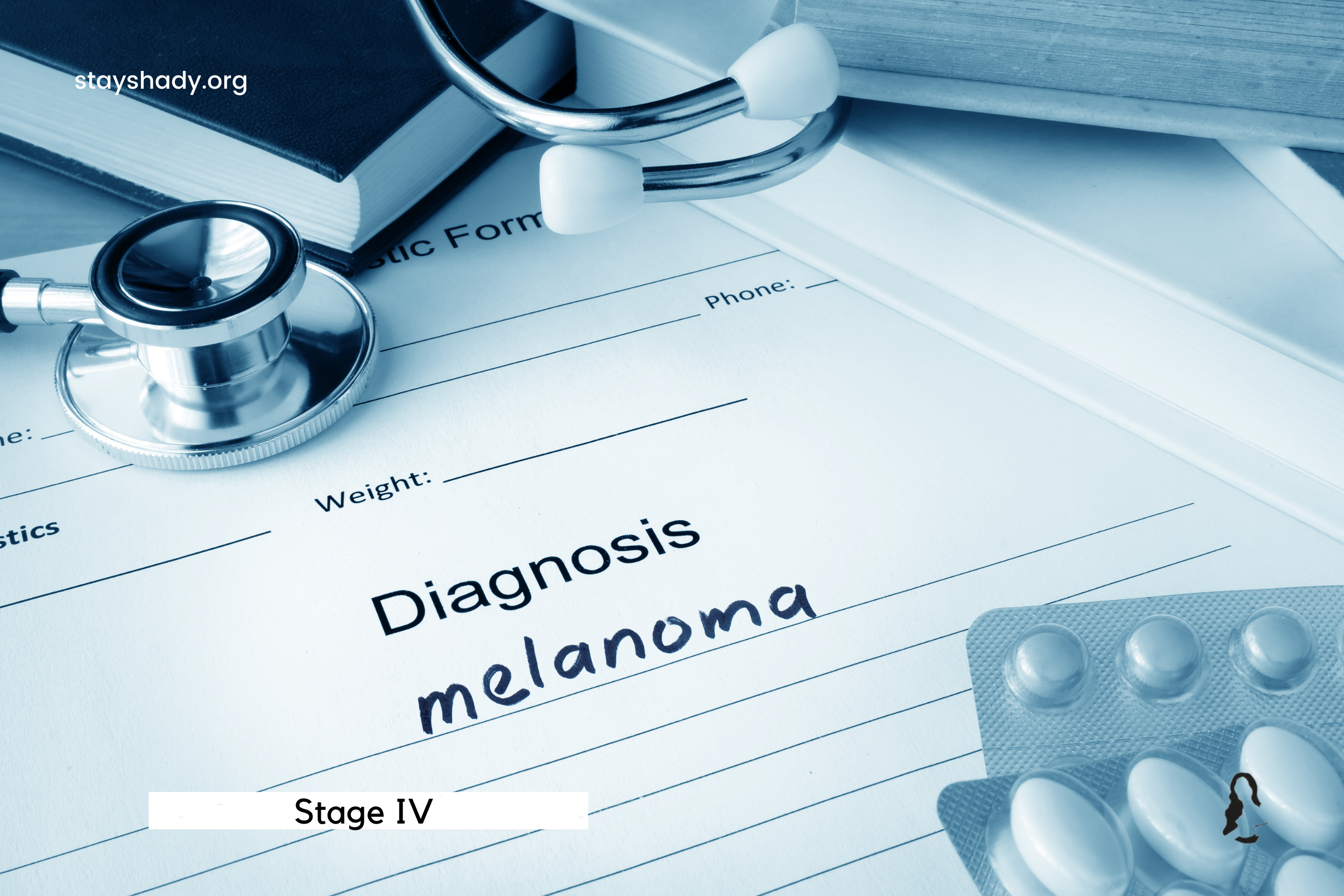What I know about Skin Cancer?

Superficial Spreading Melanoma
It is classified as such, in situ, which means that it occurs in the uppermost layers of skin. Superficial spreading melanoma usually appears as a thin patch that spreads outwards (known as radial growth) before it invades vertically into the dermis, the lower layer...

Stage III
Stage III (invasive melanoma) is about the level of lymph node(s) that have melanoma, if it has spread to one or more the nearest lymph nodes. This stage is very complex and super detailed, so I’ll be sharing this in two parts! So let’s starts with PART 1: If the...

Stage I
Stage I melanoma is up to 2mm thick (Breslow thickness or how deep the mole is. This stage, typically if caught early, ends up with no evidence the cancer has spread to lymph nodes or distant sites, called metastasize. Risk of this happening is low. There are two...

Stage II
Stage II melanoma, the cancer cells are both the first and second layer of your skin, the epidermis and dermis. Unfortunately the melanoma is at higher risk, than if you were in Stage I. This is based off of the depth of tumor or the ulceration. In Stage II, there is...

Stage IV
Stage IV, is defined by 3 primary characteristics:1) Location of distant metastases.2) Number and size of your tumors3) LDH level. Stage IV melanoma is determined by the spread beyond the regional lymph nodes to distant sites. It’s important to know within Stage IV,...

Stage 0 or Melanoma In Situ
In Stage 0 melanoma, is local melanoma, meaning it has not spread beyond the primary tumor. The original malignant tumor is still confined to the upper layer of the skin. The cancer cells are only in the epidermis, or the outer portion of the skin and hasn’t grown...
Disclamier
This is all based off of personal experiences, I do not claim to be a professional care doctor. If you have any concerns on your body, please seek a doctor, for help. This info is based for education on skin cancer and bring further awareness. I do not promote any medical treatment or recommend medical treatment. Please ask your GP/Dermatologist for any medical questions, asap. thank you- MMW









